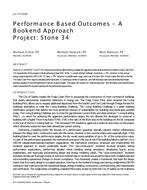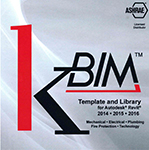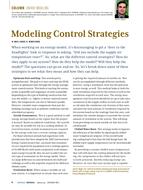Click here to purchase
Heat waves have catastrophic effects causing mortality, air quality loss, grid failures, infrastructure damage, and increases in electricity consumption. The literature indicates that heat waves are growing in intensity, duration, and frequency. This paper documents a heat wave study of the Sandia National Laboratories (SNL) California site. The analysis involves: 1) projection of a heat wave based on historical data and NEX-DCP30 climate projections, 2)Classification of peak electricity load points that represent the site on workdays, Fridays, and weekends 3) Regression of the peak load data to produceconfidence bounds for the analysis, and 4) Calibration and projection of building energy models (BEMs) to the heat wave scenario. This approach workedwell for the previous NM site analysis of meter data and 97 representative BEM’s. For the CA site, the BEM calibration procedure was unsuccessfulwithout individual BEM calibrations. Many of the 23 California BEM’s required calibration at the building level rather than for the entire site. Thiswas found to be due to many of the BEM’s having significantly different electric demand profiles than their meter data whereas the NM BEM’s were muchmore accurate. Unlike the NM site, the CA site did not distinguish Friday operations clearly and the associated K-mean cluster algorithm that workedfor the NM site did not add value for the CA site. The regression analyses produced estimates of site-wide increases to daily peak loads with 95% confidencebounds that were much wider than the NM analysis. The CA site was found to have higher average peak load sensitivity of 1.07%/⁰C (0.59%/⁰F) incomparison to the NM site with 0.61%/⁰C (0.34%/⁰F). Even so, the larger sensitivity is counteracted by a milder projection for future heat waves fromNEX-DCP30 downscaled climate projections. The expected heat wave maximum temperature of 45.1⁰C (113.2⁰F) did not even break the current recordof 46.1⁰C (115.0⁰F) in Livermore, CA and only had total heating energy of 28⁰C⋅day (51⁰F⋅day) from baseline 2019 weather in comparison to NM’s38⁰C⋅day (68⁰F⋅day). This work emphasizes issues that can aid development of future guidelines for application of BEM and meter data to heat-wavescenarios.
Citation: 2021 Virtual Conference Papers
Product Details
- Published:
- 2021
- Number of Pages:
- 10
- Units of Measure:
- Dual
- File Size:
- 1 file , 2.3 MB
- Product Code(s):
- D-VC-21A-C006
- Note:
- This product is unavailable in Belarus, Russia


